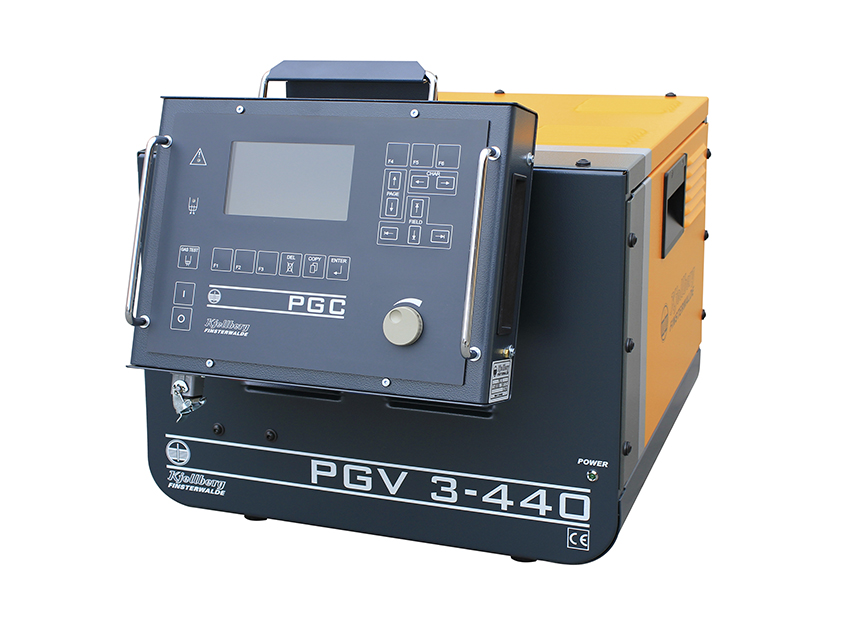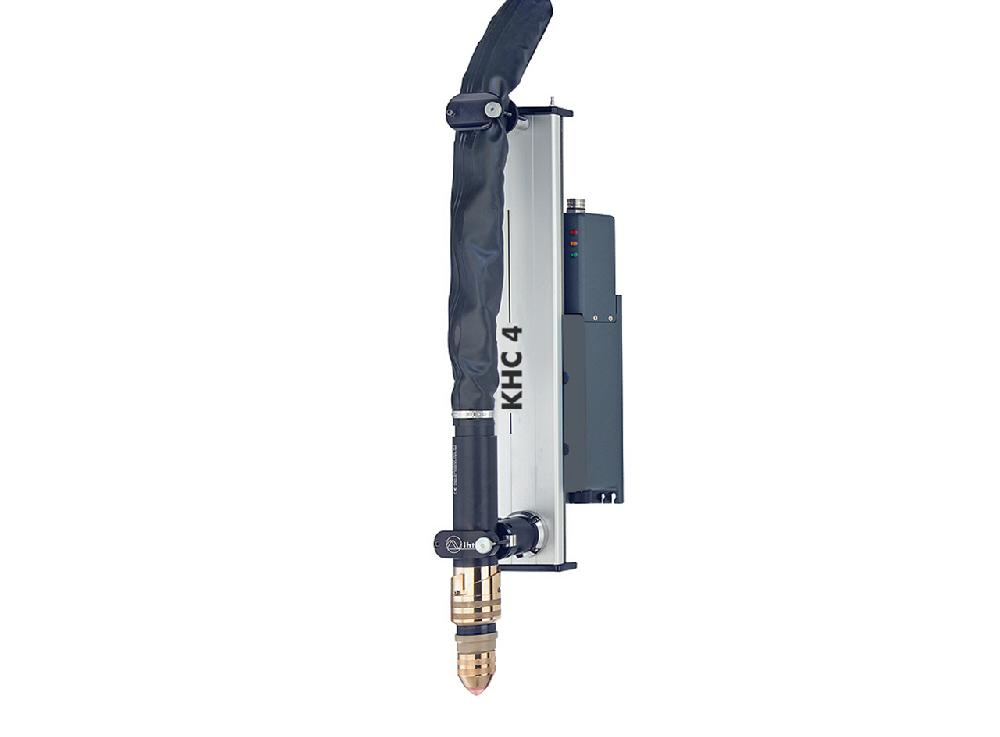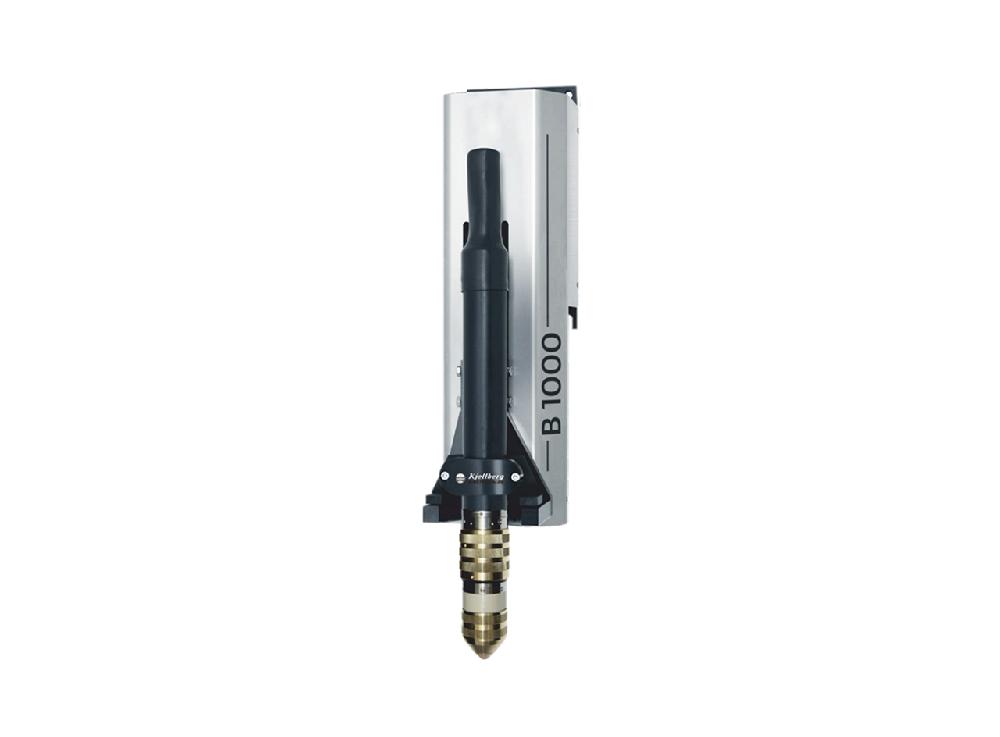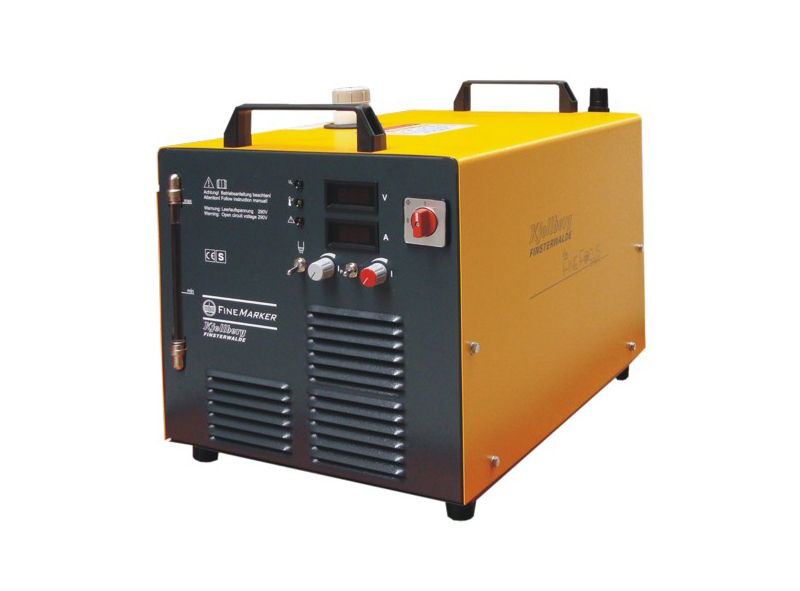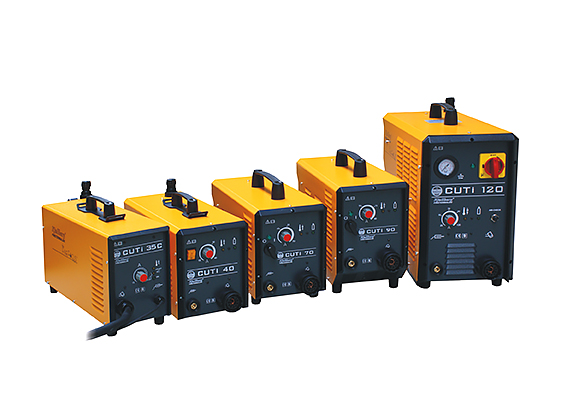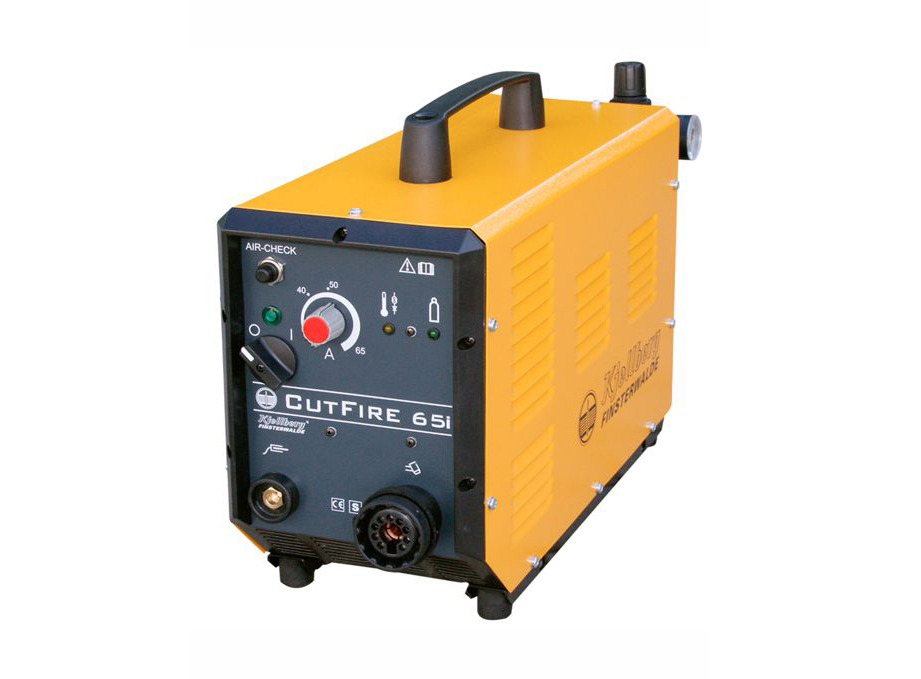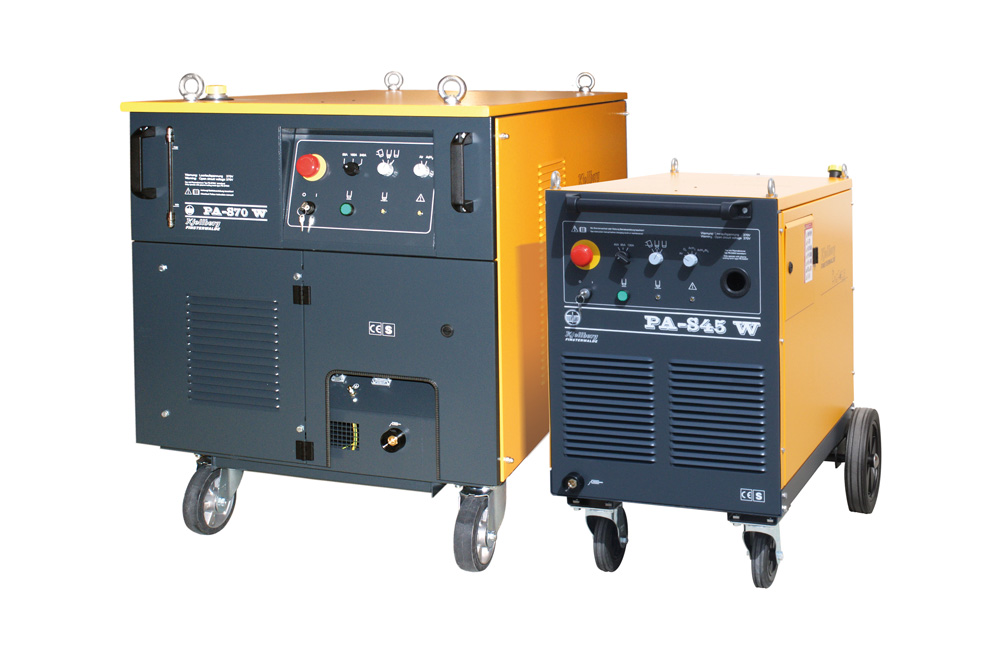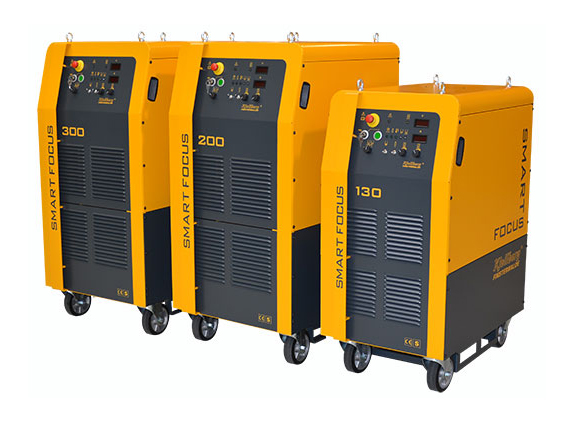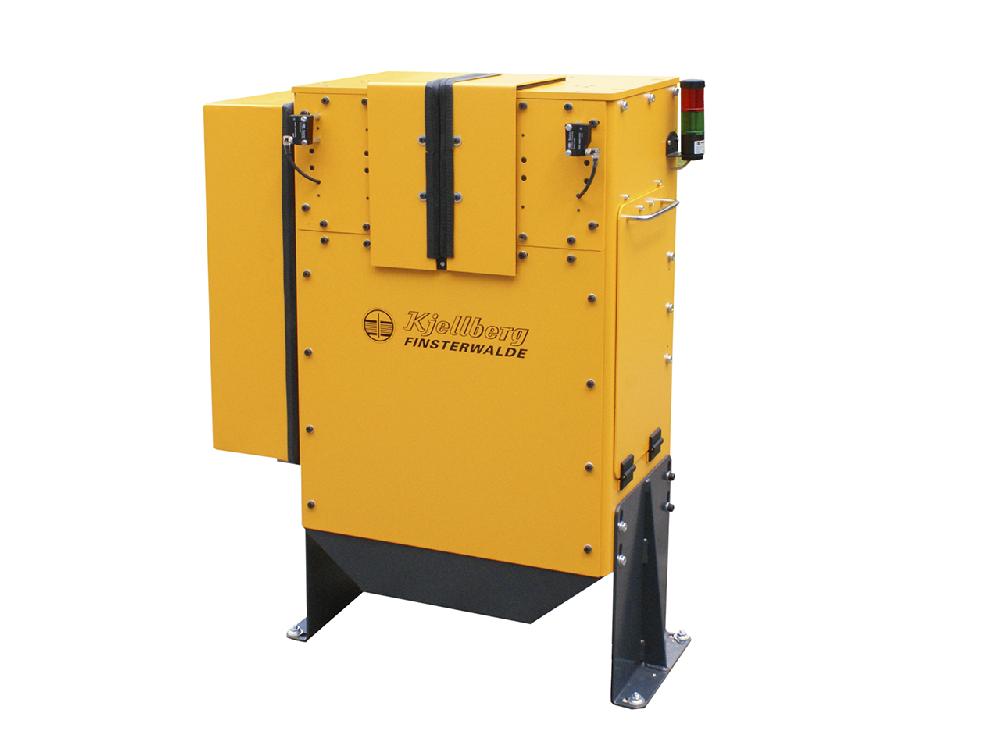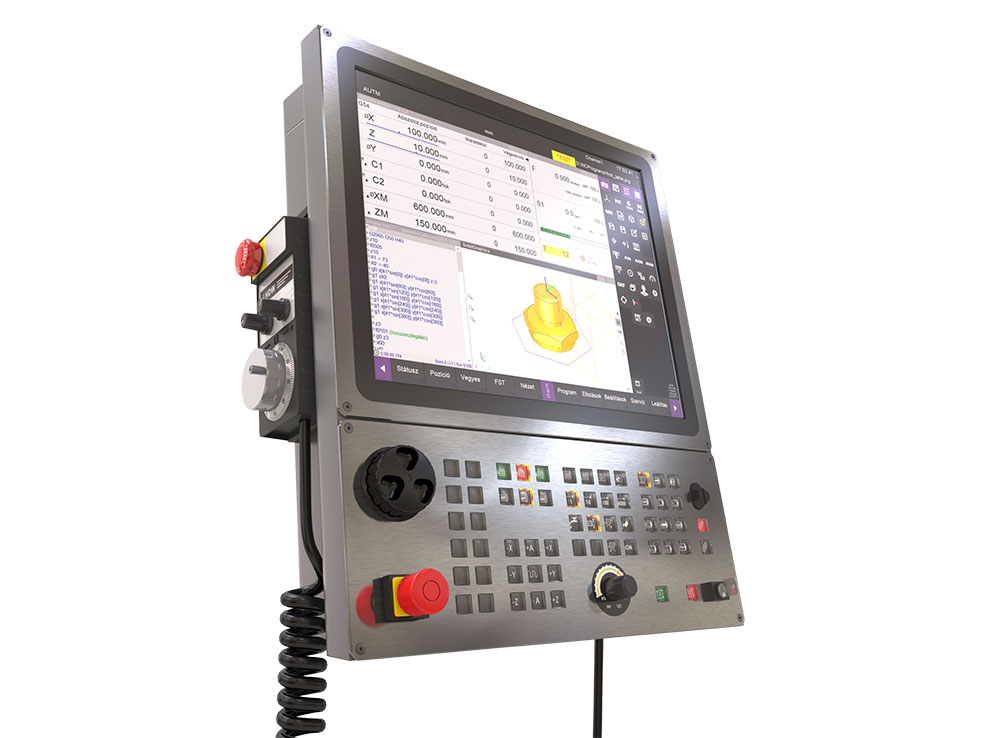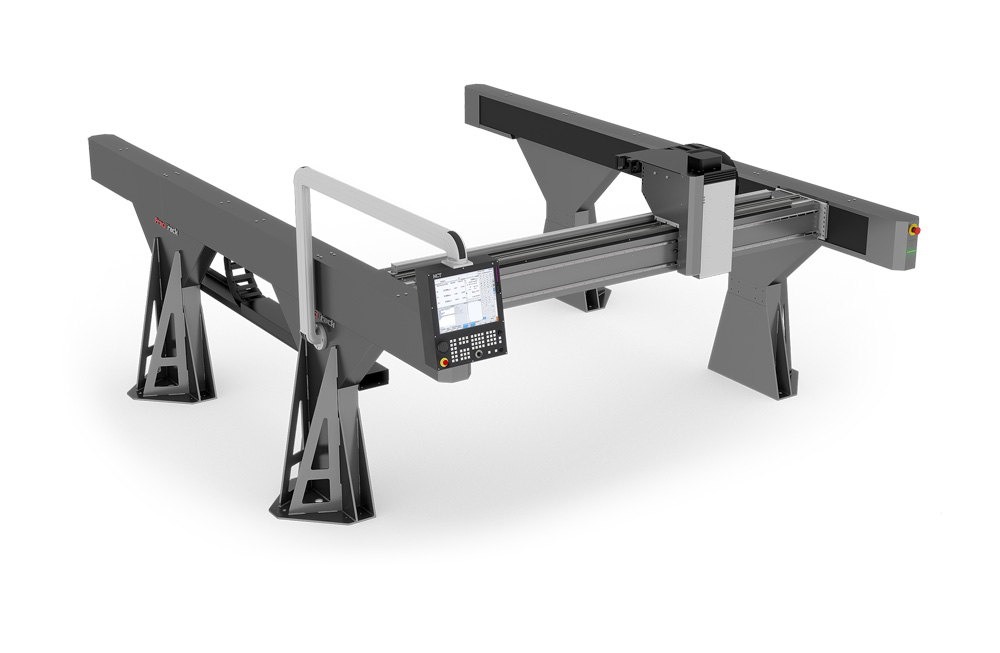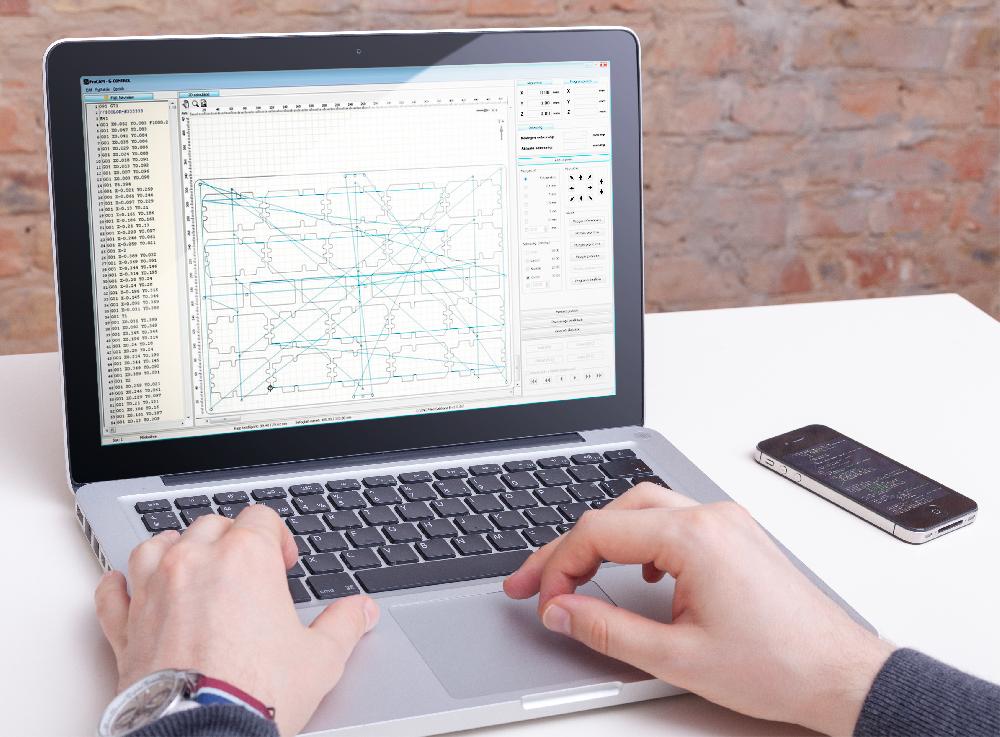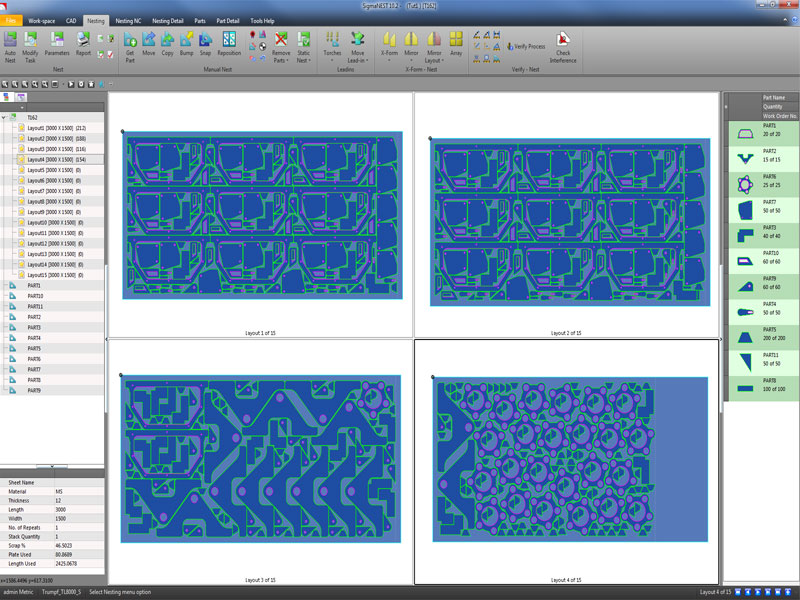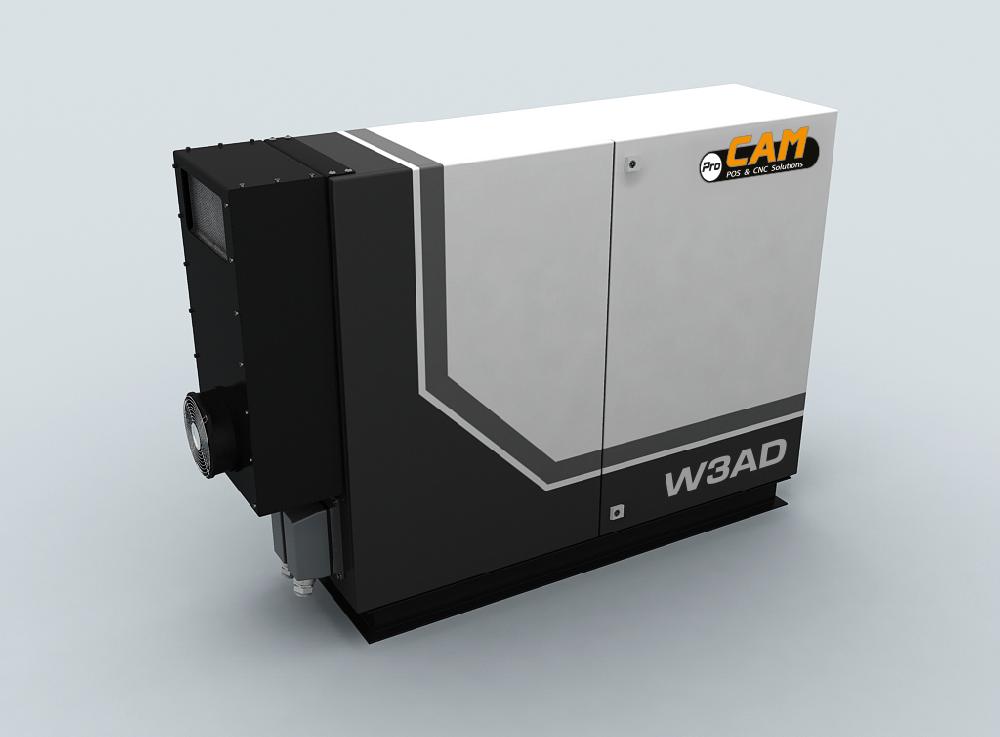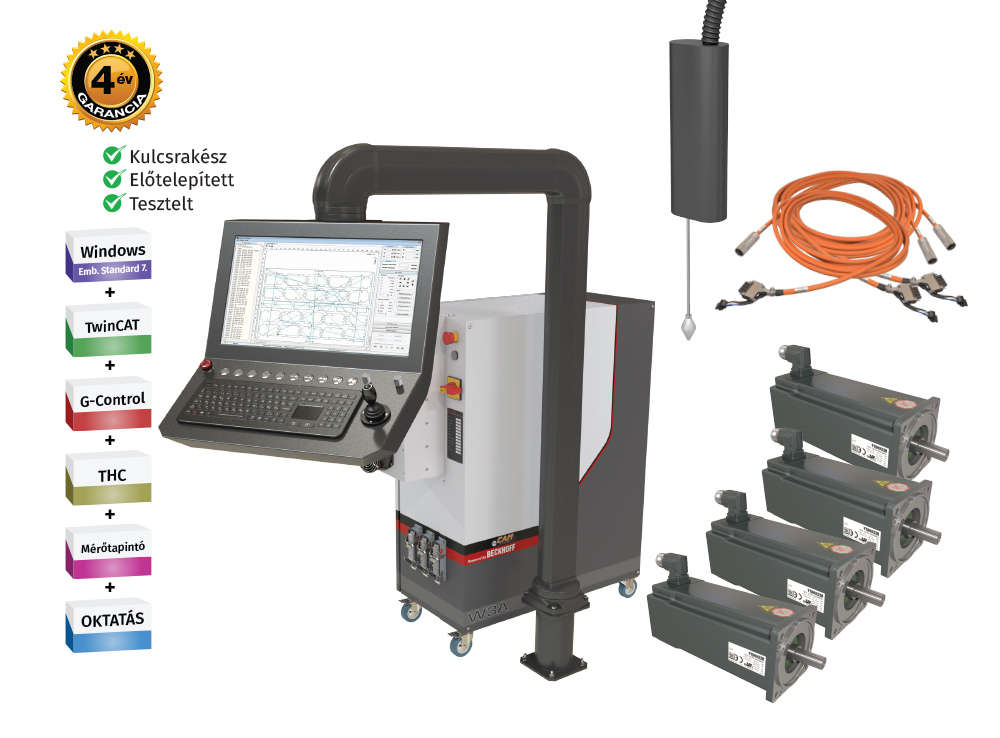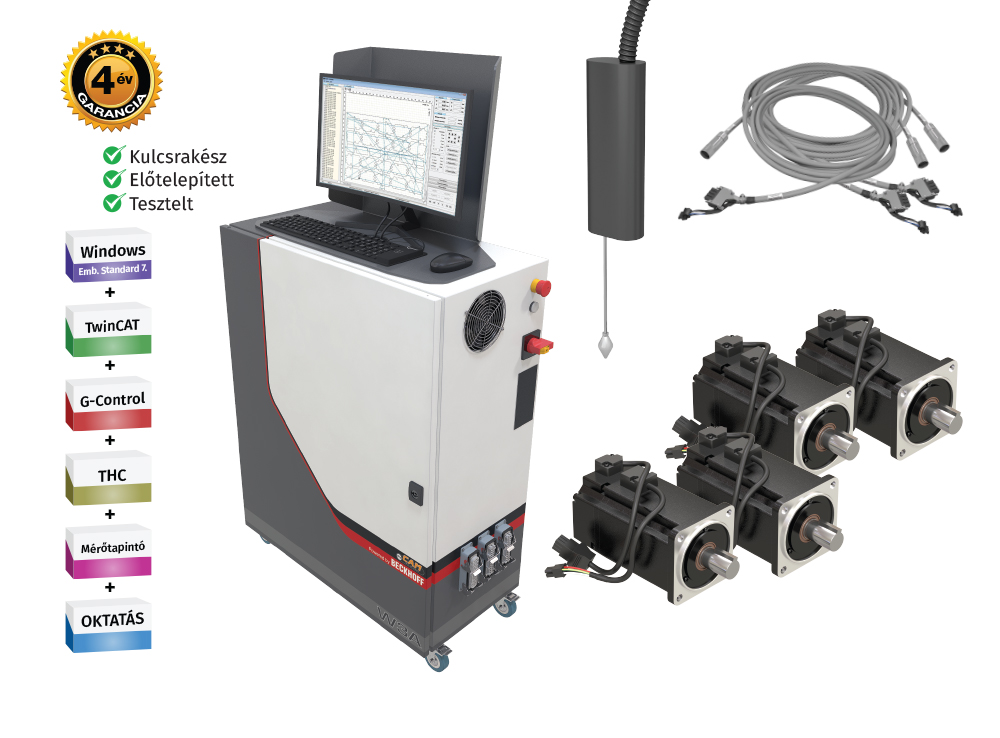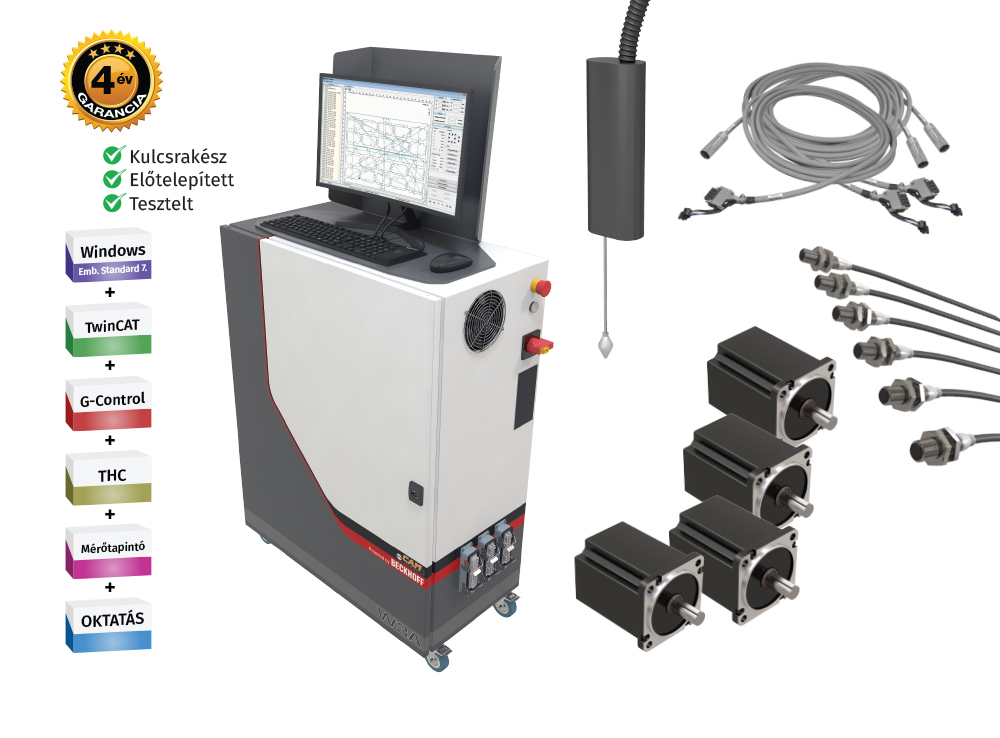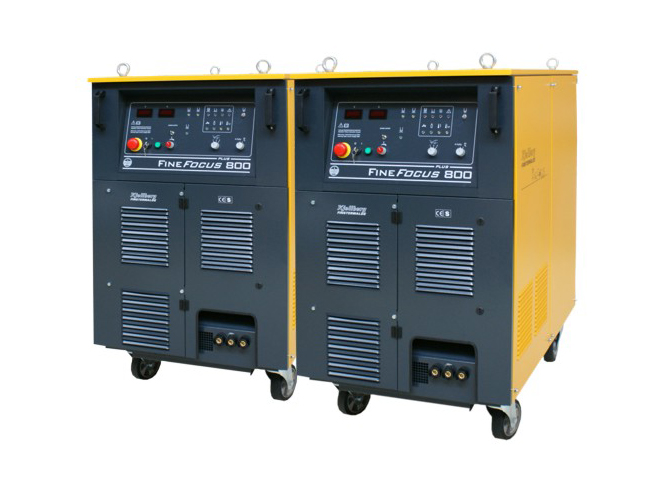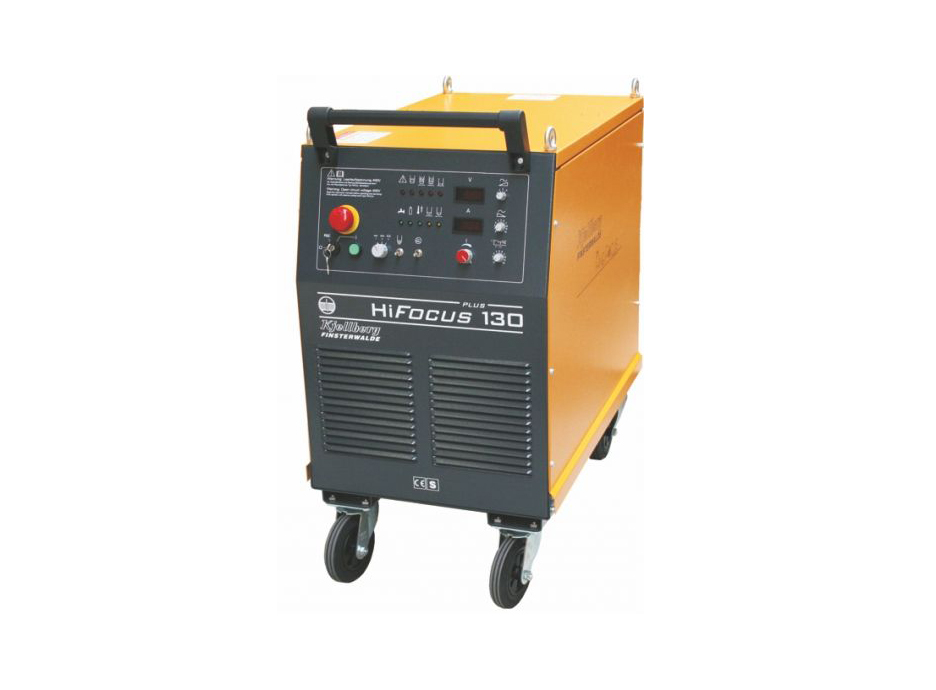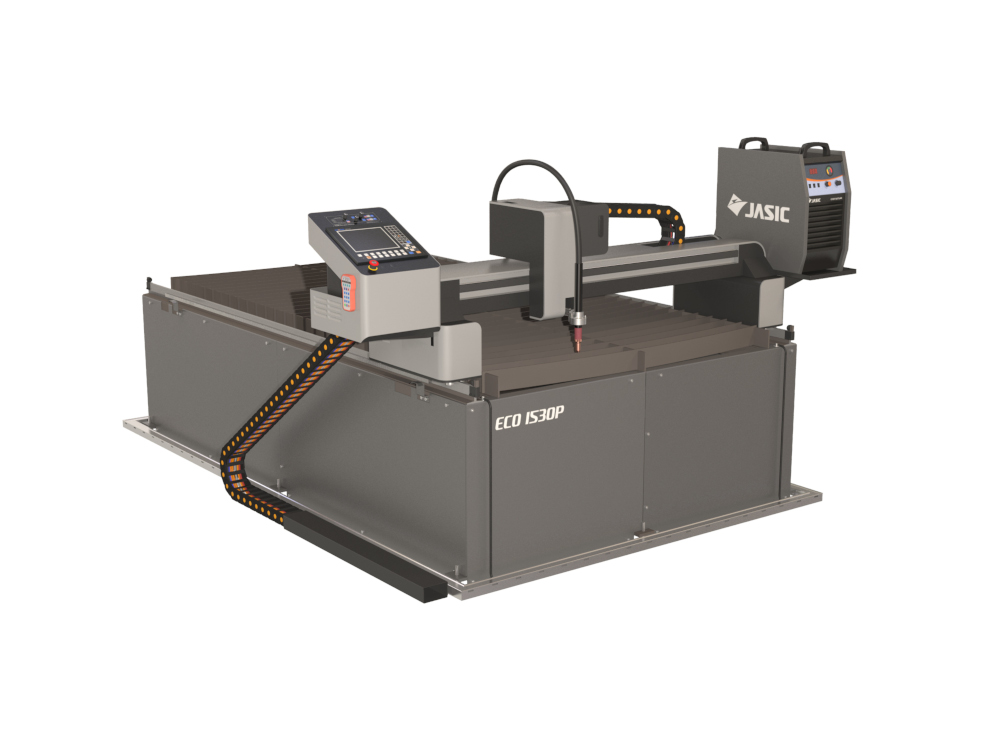About the technology |
Plasma cutting variants |
|---|---|
|
Plasma is an ionized gas which is electrically conducive at high temperature containing both the negative and the positive particles plus the generated neutral molecules and atoms .Plasma cutting is a thermic cutting process where a plasma arc is used. This technology has been used since the 1950's for the cutting of metals. The basic principle is that the arc formed between the electrode and the workpiece is constricted by a fine bore, copper nozzle. This increases the temperature and velocity of the plasma emanating from the nozzle. The temperature of the plasma is in excess of 20 000°C and the velocity can approach the speed of sound. When used for cutting, the plasma gas flow is increased so that the deeply penetrating plasma jet cuts through the material and molten material is removed in the efflux plasma. As there is no heat generated during the process, the material to be cut does not get burned. On initiation, the pilot arc is formed within the body of the torch between the electrode and the nozzle. For cutting, the arc must be transferred to the work piece in the so-called 'transferred' arc mode. The electrode has a negative polarity and the work piece a positive polarity so that the majority of the arc energy (approximately two thirds) is used for cutting. The energy required to melt the material is partly generated by the plasma beam and partly by the electrical arc. Plasma is a thermally high-heated, electrically conductive gas. That means that neutral atoms dissolve into ions and electrons by adding ionisation energy. This energy can be produced by very high temperatures or strong electric fields. Generally, plasma reacts like a gas with a neutral outside effect. Plasma cutting is a thermal fusion cutting method which is realised with an electric arc constricted by a nozzle. The cutting process starts first with a pilot arc which is ignited between nozzle and electrode (cathode) by high voltage. The pilot arc has low energy and ionises partly the atoms between plasma torch and work piece. As soon as the pilot arc touches the work piece, the electric circuit closes and the main are is ignited by the increased power. The high thermal energy of the arc and the high kinetic energy of the plasma gas melt the material and the molten material is driven out of the kerf. The small heat affected zone and high cutting speeds are particularly huge advantages of this method. Plasma- and shield gasesThese days there are many variants for the application of the gases and gas components and their ratios. These gases are applied during the process in accordance with their characteristics. The type of gas used depends on the cutting quality. Plasma gases
Shield gases
|
|
Spare parts cut by Plasma
Comparison Chart
| Cuttable materials |
Flame | Laser | Milling | Plasma | Waterjet |
|---|---|---|---|---|---|
| Mild steel | x | x | x | x | x |
| Carbon steel | x | x | x | x | |
| Stainless steel | x | x | x | ||
| Aluminium | x | x | x | x | |
| Titanium | x | x | x | x | |
| Chrome and cobalt alloy | x | x | x | ||
| Copper | x | x | x | x | |
| Bronze | x | x | x | ||
| Zink | x | x | x | ||
| Plexi | x | x | x | ||
| Poly carbonate | x | x | |||
| Foamed materials | x | x | x | ||
| PVC | x | x | |||
| PET | x | x | |||
| Other plastics | x | x | x | ||
| Rubber | x | ||||
| Wood | x | x | x | ||
| Marble, terazzo | x | x | |||
| Granite | x | ||||
| Glass | x |






























